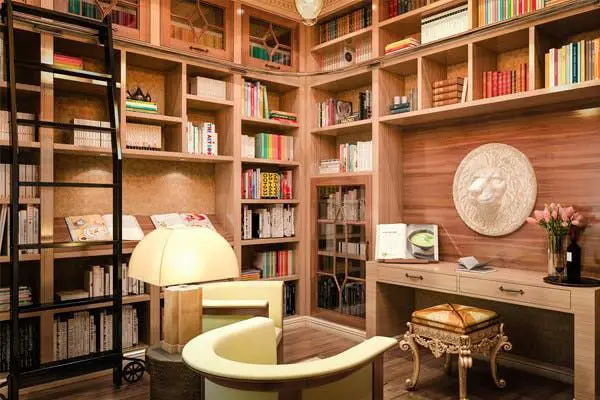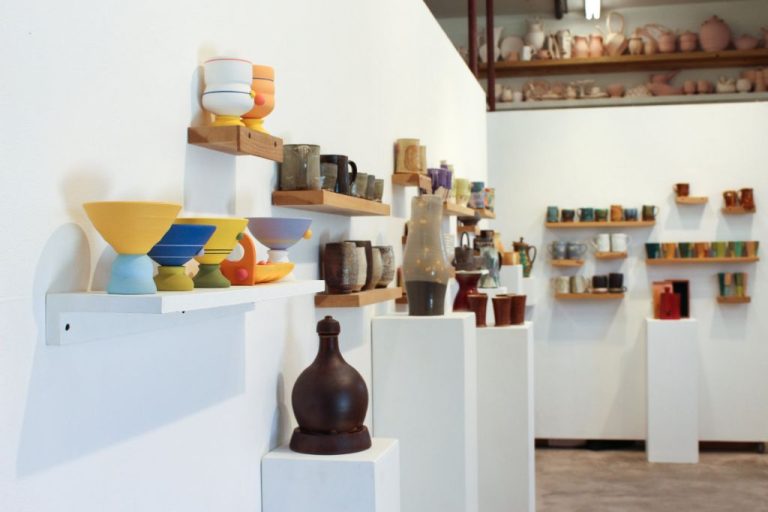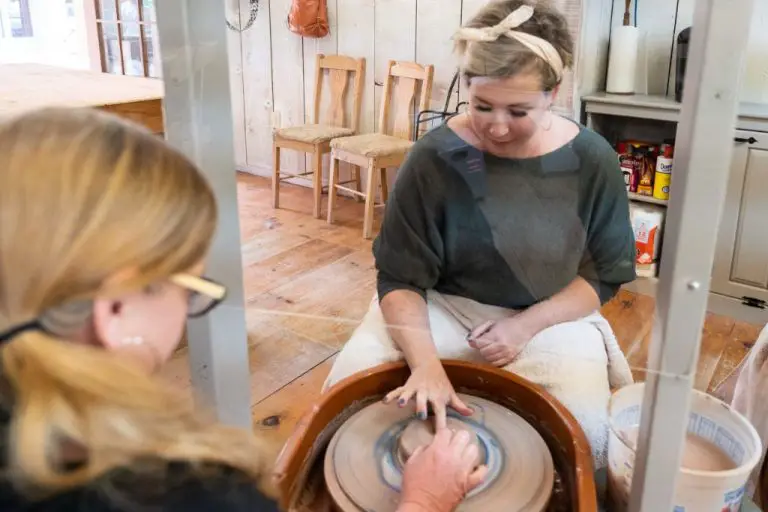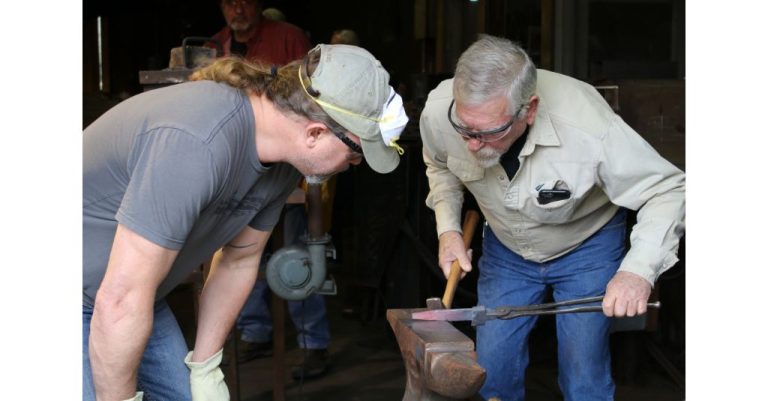Why Are Floor Lamps Expensive?
Floor lamps can range greatly in price, from inexpensive models under $50 to high-end designer lamps costing over $1,000. What accounts for this vast difference in cost for what is essentially a lighting fixture on a stand? Several key factors impact the pricing of floor lamps, including design and materials, production methods, brand names, specialty lighting features, advanced technology, limited production runs, boutique sellers, and collaborations with name designers. This article will explore the reasons behind the high cost of luxury floor lamps and provide insight into the lamp market.
Design and Materials
High quality and often rare materials are commonly used in expensive floor lamps, which contributes to their high cost. These include fine woods like mahogany or walnut, cast metals such as brass or bronze, handcrafted glass, and natural stone.
Exquisite woods like ebony or rosewood are frequently used in upscale floor lamps, providing a rich beauty and natural pattern. These rare woods are more difficult to source and work with, driving up costs. Metals like antique brass or polished chrome offer durability and elegance. Ornate metalwork also factors into pricing for intricate lamp designs.
Handblown glass shades, often made by master artisans, are a hallmark of luxury lamps. Venetian glassblowers like Murano are renowned for their glasswork. The exquisite clarity, color, and patterns add appeal. Natural stone materials like marble or onyx also convey stability and sophistication.
The quality craftsmanship and scarcity of these materials directly impacts pricing for high-end floor lamps seeking to match their surroundings.
Handmade Production
One significant factor that drives up the price of floor lamps is that many are painstakingly handmade or custom built, rather than mass produced. Skilled artisans invest hours into designing and constructing each individual lamp, using techniques perfected over years of experience. Luxury lighting companies such as Sticks offer collections of entirely handcrafted floor lamps, made with care in their Iowa workshop. The intricate details and high-quality materials of these handmade floor lamps understandably fetch a premium price over ones churned out by machines in factories.
Brand Names Charge a Premium
High-end designer floor lamps often carry premium brand name labels, which significantly impacts the retail price. Brands like Arco, Louis Poulsen, Flos, and
FontanaArte are well-known in the lighting world for their iconic designs and excellent craftsmanship. Consumers are willing to pay more for the reputation and recognition that comes with owning a lamp from one of these luxury brands. The brand name mark-up can sometimes account for 40-60% of the total product cost. Even though two similar looking mid-century modern floor lamps may appear comparable, the big name brand one will retail for 2-3x as much. The high-end brands focus more on aesthetics and experience than affordability. They bank on their recognizable names and signature styles to justify the inflated prices. For buyers seeking an attractive statement piece from a top designer brand, the extra cost is worthwhile. But those simply wanting a basic tall floor lamp may prefer a more affordable no-name alternative.
Specialty Lighting
Floor lamps are often designed for specialty lighting purposes, such as accent lighting or task lighting, which increases their value and cost. For accent lighting, floor lamps may have directional arms to spotlight art or architectural features. The lamp heads can swivel and tilt to precisely adjust the lighting. Special optical lenses and reflector designs create desired lighting effects. Floor lamps for task lighting provide targeted illumination for reading, sewing, drafting, or other close work. They often have flexible goosenecks to direct the light source exactly where needed. The light quality is optimized for visual tasks, with features like magnification lenses, brightness adjustment, and temperature controls for warmer or cooler light.
Specialty floor lamps also include models with decorative lighting effects. Tiffany-style lamps have elaborate stained glass shades that throw colorful patterns across the room. Floor lamps with fiber optic strands or laser cut metal screens create intriguing visual displays. Some artistic lamps have sculptural bases or shades that are works of art themselves. These specialty lighting attributes increase the complexity of designing and manufacturing the lamps, which translates to higher prices.
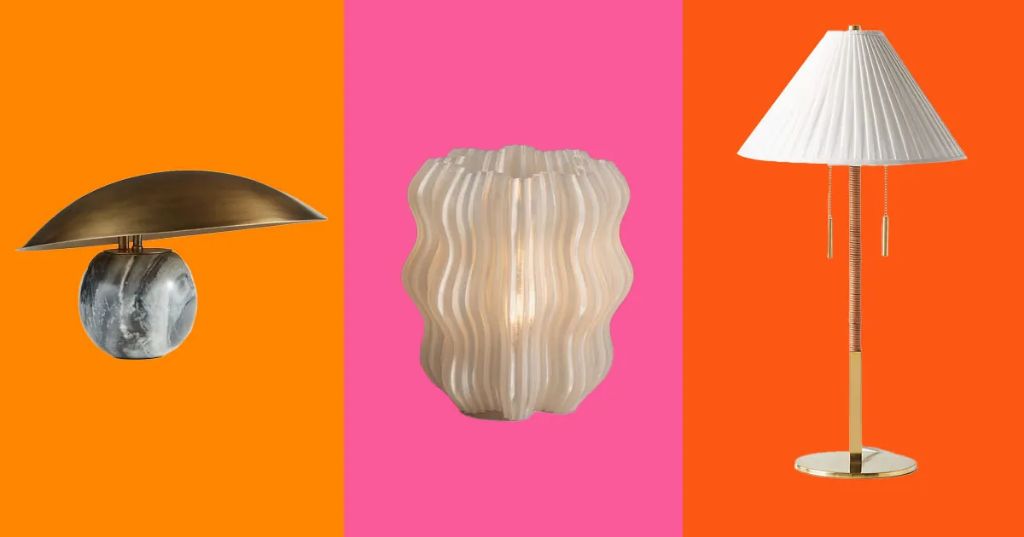
Advanced Technology
High-tech floor lamps incorporate advanced technology that enhances functionality and provides unique lighting experiences. Many high-end floor lamps now come with smart features like WiFi and Bluetooth connectivity, touch controls, and integration with home automation systems (Wayfair). Built-in dimmers allow you to easily control brightness and create the perfect ambiance. Some lamps use color tuning technology to change the color temperature from warm white to cool daylight.
Other high-tech advancements include energy-efficient LED bulbs, automated timers, motion sensors to turn lights on and off, and app control. Brands like Philips Hue and LIFX have floor lamp models where you can control lighting effects and colors through a smartphone app. This allows for limitless customization and scenes like simulating a sunrise to help wake you up. Advanced tech features explain the higher costs of high-end, smart floor lamps.
Limited Production
One reason why some floor lamps command such high prices is that they are produced in limited quantities, making them rare and exclusive. Luxury lighting brands like Rare Floor Lamp and vintage pieces like Gino Sarfatti’s mid-century designs were often custom made in small batches. Limited edition lamps by famous designers are highly coveted by collectors and lighting aficionados willing to pay top dollar at auction or through specialty retailers.
With only a handful of any single design in existence, rarity drives up demand. And the finite supply keeps resale values high over time compared to mass produced lamps. For lighting connoisseurs seeking something truly unique to accent their home decor, the exclusivity and cachet of limited edition floor lamps makes the premium price worthwhile.
Designer Collaborations
One reason for the high prices of many floor lamps is that they are created through collaborations with famous designers. Big name designers like Tom Dixon, Marimekko, and Philippe Starck team up with lighting brands to create unique and exclusive floor lamp collections. The popularity and reputation of these famous designers allows them to charge premium prices for their lighting designs.
For example, the Beat floor lamp by Tom Dixon is priced at $1,595. This iconic brushed brass floor lamp commands such a high price tag partly due to Tom Dixon’s status as a world-renowned British designer. His collaboration raises the desirability and perceived value of the Beat lamp. The involvement of a celebrity designer like Dixon results in a higher retail price.
Luxury lighting brands are willing to pay top designers high licensing fees to use their names. These costs ultimately get passed onto consumers in the form of higher retail prices. So the reputation and draw of big name designers is a key factor behind the high prices of many modern floor lamps.
Boutique Sellers
Many high-end floor lamps are sold through exclusive boutique home furnishing stores and high-end department stores. These retailers curate unique and hard-to-find lighting options not available through mass-market sellers. Their discerning buyers source lamps from top designers and smaller specialty manufacturers. The limited distribution through this channel allows boutique sellers to command premium pricing well above typical big box stores. Their selective inventory targets affluent shoppers who value distinctive statement pieces over mass-produced items. This exclusivity factor allows boutique stores to sell high-end floor lamps at prices unreachable for large national chains carrying inexpensive imports.
Conclusion
To summarize, high-quality floor lamps typically cost more than standard lighting fixtures for several key reasons:
Many incorporate special materials like solid wood, heavy metal bases, and high-end fabrics which drive up production expenses. Brand name recognition from renowned designers and manufacturers allows them to demand premium pricing. The inclusion of advanced lighting features like dimmers, adjustable arms, and high-definition bulbs also contribute to a higher price point. Additionally, limited production runs, custom designs, and collaborations with elite designers limit supply and make these lamps exclusive. Boutique lighting stores sell the most elite floor lamps and charge luxury prices. While inexpensive lamps have their place, those seeking excellent illumination, lasting durability, and aesthetic elegance tend to invest more in high-end floor lamps.

